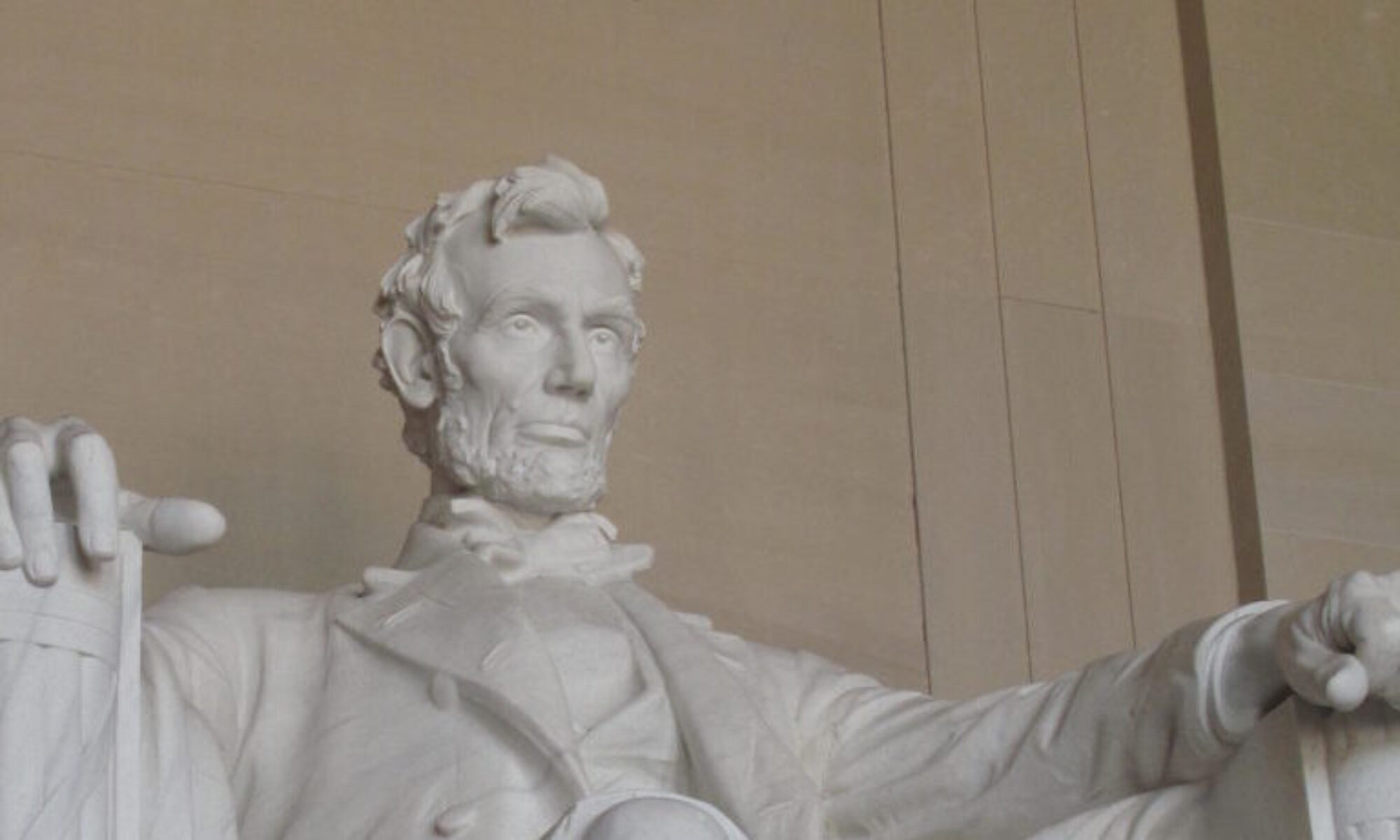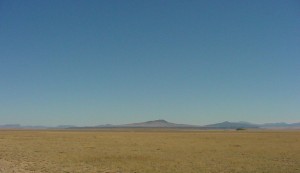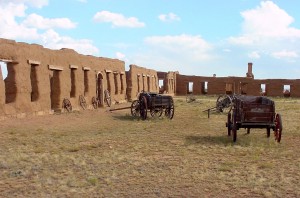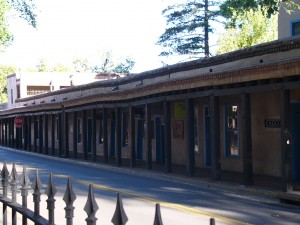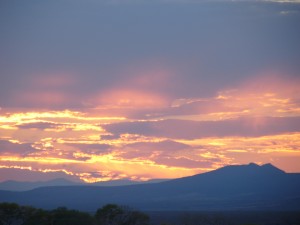History is a fascinating subject, intrepreted progressively by the relative distance from the event, the collected evidence, and the participants’ memories. One of the provisos in learning from history is that history is written by the winners, and that the processes that shaped the outcome before the outcome was known is biased by projection of the winner’s view, not the loser’s. The passionate feelings about states’ rights that built the momentum for the civil war are subjugated to the victor’s view of the conflict for the preservation of the union and the liberation of an enslaved people. The acknowledged brilliance of the arguments for separation from Great Britain in colonial times dominate our memory, forgetting that about 30% of the colonists, the so-called Tories, found the arguments uncompelling and hoped for the revolutionists’ defeat.
The recent events in Iraq encompassed under the moniker of the Iraq War, are an interesting projection of this proviso of history. Already few remember that almost uniform acceptance of the need to remove Saddam Hussein from power was a bipartisan supported concept, and the formal policy of three American administrations. The initial military success was overwhelmingly popular, despite the initial surprise of apparent lack of one of the most inciting provisions of the need for invasion, that of the potential presence of weapons of mass distruction in the hands of the dictator, who had a proven record of using them.
History is written by the victors, however, and by 2006, the potential victors were the increasingly powerful voices who had opposed the war, and the politicians who saw weakness in the American position and a potential avenue for achieving political power. General Richard Sanchez, commanding general in Iraq for 2003-2004, followed by General John Abizaid 2005-2006 both followed a policy of a light American military footprint with engagements to be handled progressively by Iraq forces, stabilized by hoped for parallel progression in Iraqi governmental development. By 2006, with violence spiraling out of control, defeat and withdrawal was felt to be inevitable by both civilians and military advisers of the president. General Sanchez himself is quoted by Jeff Schogol in Stars and Stripes on October 13th, 2007 as having ‘slammed the handling of the war and gave a bleak assessment of the current situation in Iraq’ saying,
“There is no question that america is living a nightmare with no end in sight.”
History, however, is the study of transpired events, not the prediction of them, and General Sanchez proved not to be a prognosticator – the story of the devised strategy described as The Surge, is compelling, unexpected, brilliant, and heroic, snatching a singular victory out of chaos and defeat – and deserves to be told along side all other stories of the victories in the pantheon of American history. History is the story of the victors, and the story of Iraq will continue to be written and understood, in the voices of the victors who shaped the outcome. Watch the fascinating story…..
http://www.understandingthesurge.org/
Understanding the Surge from ISW on Vimeo.
